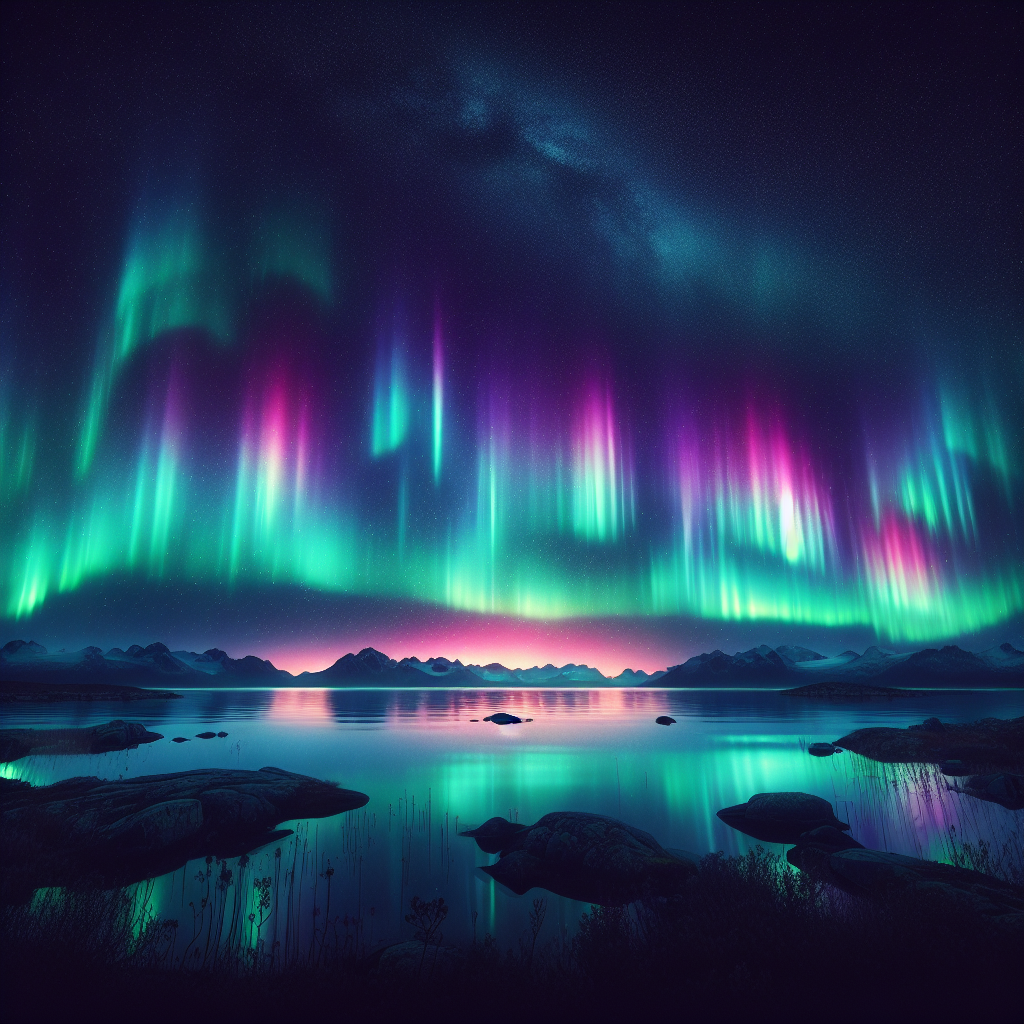Northern Lights Display to Illuminate U.S. Skies on Thanksgiving

Cosmic Phenomenon Expected to Delight Americans
The celestial skies over the United States are poised to dazzle Americans with a mesmerizing display of the Northern Lights this Thanksgiving. This vibrant astronomical event is the result of a solar eruption that released a powerful surge of energy last Sunday, expected to reach Earth by Thursday. Residents in parts of Washington, Montana, the Dakotas, Minnesota, Wisconsin, Michigan, and Maine will have the best chance to witness this awe-inspiring phenomenon.
Understanding the Science Behind the Northern Lights
Known scientifically as the Aurora Borealis, the Northern Lights occur when charged solar particles collide with atoms in Earth's atmosphere. These interactions result in the emission of stunning colorful lights that dance across the sky, often in hues of green, pink, red, and violet. This marvelous spectacle is more commonly seen in higher latitudes, such as areas near the Arctic and Antarctic regions. However, significant solar storms, like the one associated with this Thanksgiving's display, can enhance auroral activity further south.
Optimal Viewing Conditions
For enthusiasts eager to catch a glimpse of this natural wonder, finding locations away from city lights will maximize visibility. Clear skies are a must, as cloud cover can obscure the view. Furthermore, northern states such as Minnesota and Wisconsin, often known for their open spaces and less light pollution, offer ideal conditions for viewing the auroras. Checking local forecasts can also help ensure an unhindered experience.
Scientific and Technological Insights
Solar eruptions that cause auroral displays also provide valuable research opportunities for scientists across various fields. These solar phenomena offer insights into the workings of our solar system, including space weather impacts on Earth's magnetosphere. Additionally, understanding these dynamics is crucial for technology, as severe solar storms can affect satellite communications, GPS systems, and even power grids.
The Role of Space Agencies
Agencies like NASA and NOAA continuously monitor solar activity to forecast space weather events, such as the auroras. With advanced tools like the Solar Dynamics Observatory and Earth-based monitoring stations, scientists are better equipped to predict and study these occurrences. Public awareness and education about space weather are also enhanced through these agencies' efforts, underscoring the importance of ongoing space research.
Embracing the Wonders of the Universe
As Americans prepare to celebrate Thanksgiving, the Northern Lights offer a celestial reminder of the beauty and complexity of our universe. This event not only brings the enchanting display of lights but also highlights the intricate ballet between the sun and Earth. For families and science enthusiasts alike, this Thanksgiving could become a memorable fusion of gratitude and cosmic appreciation.



Comments ()